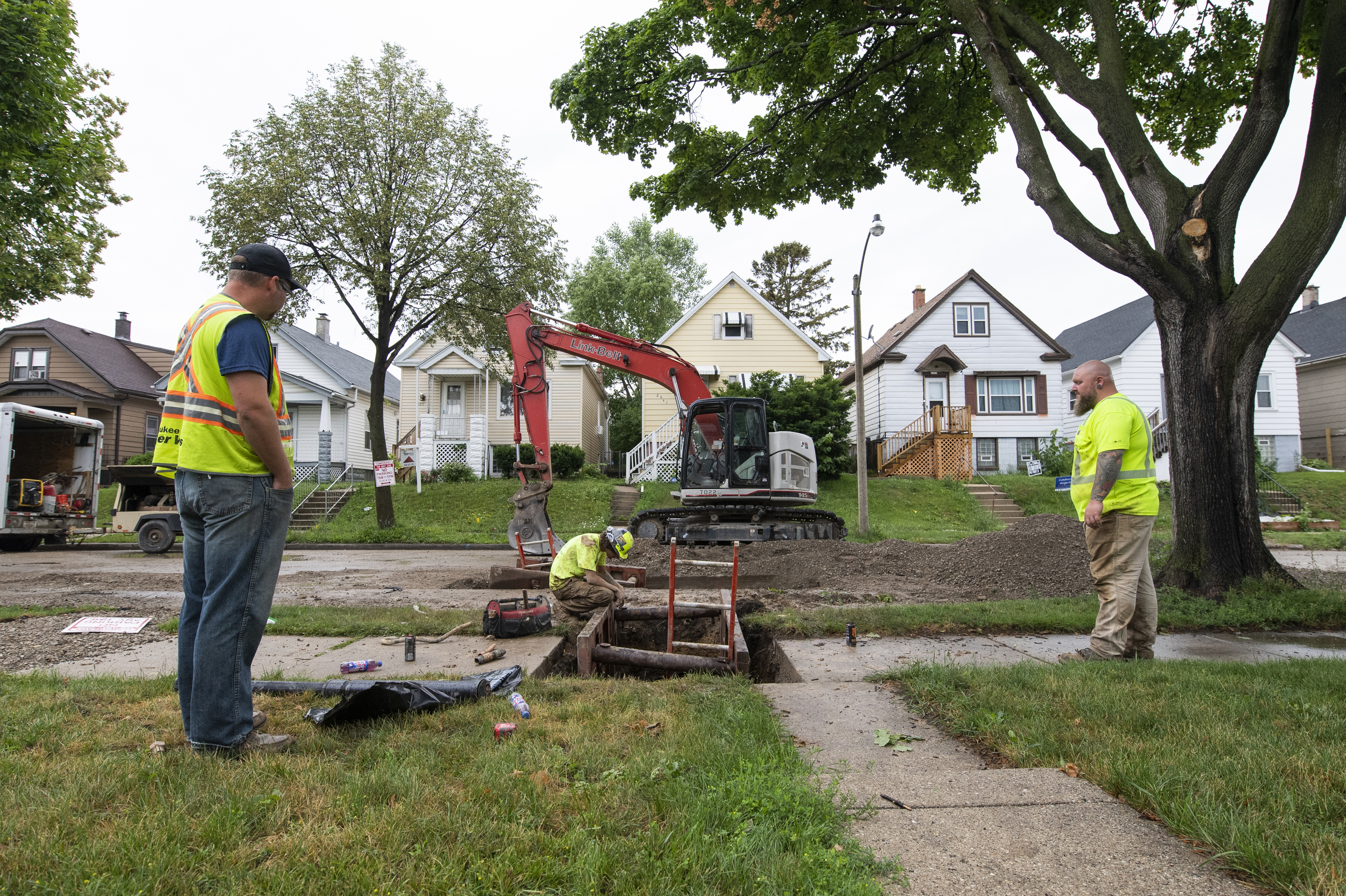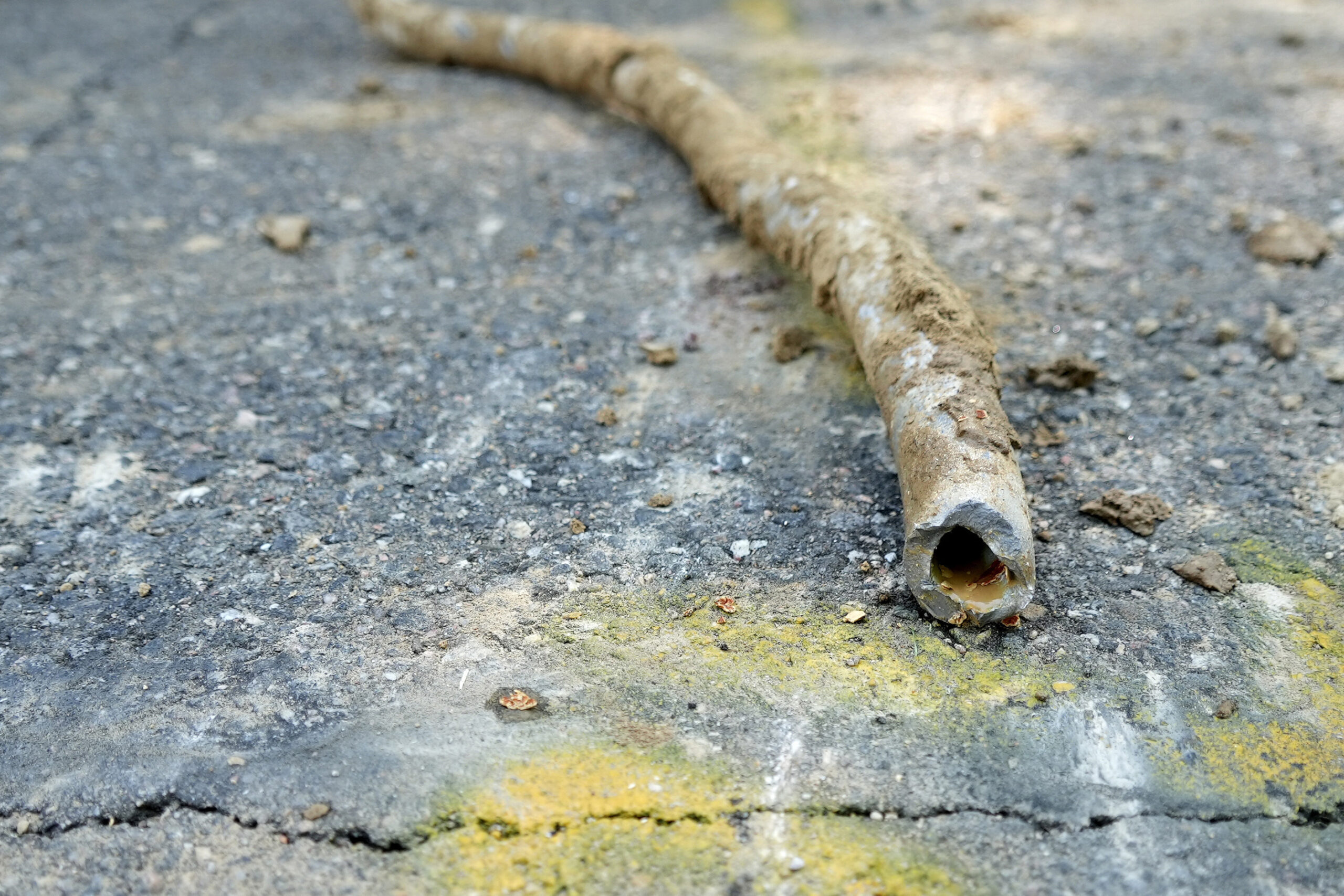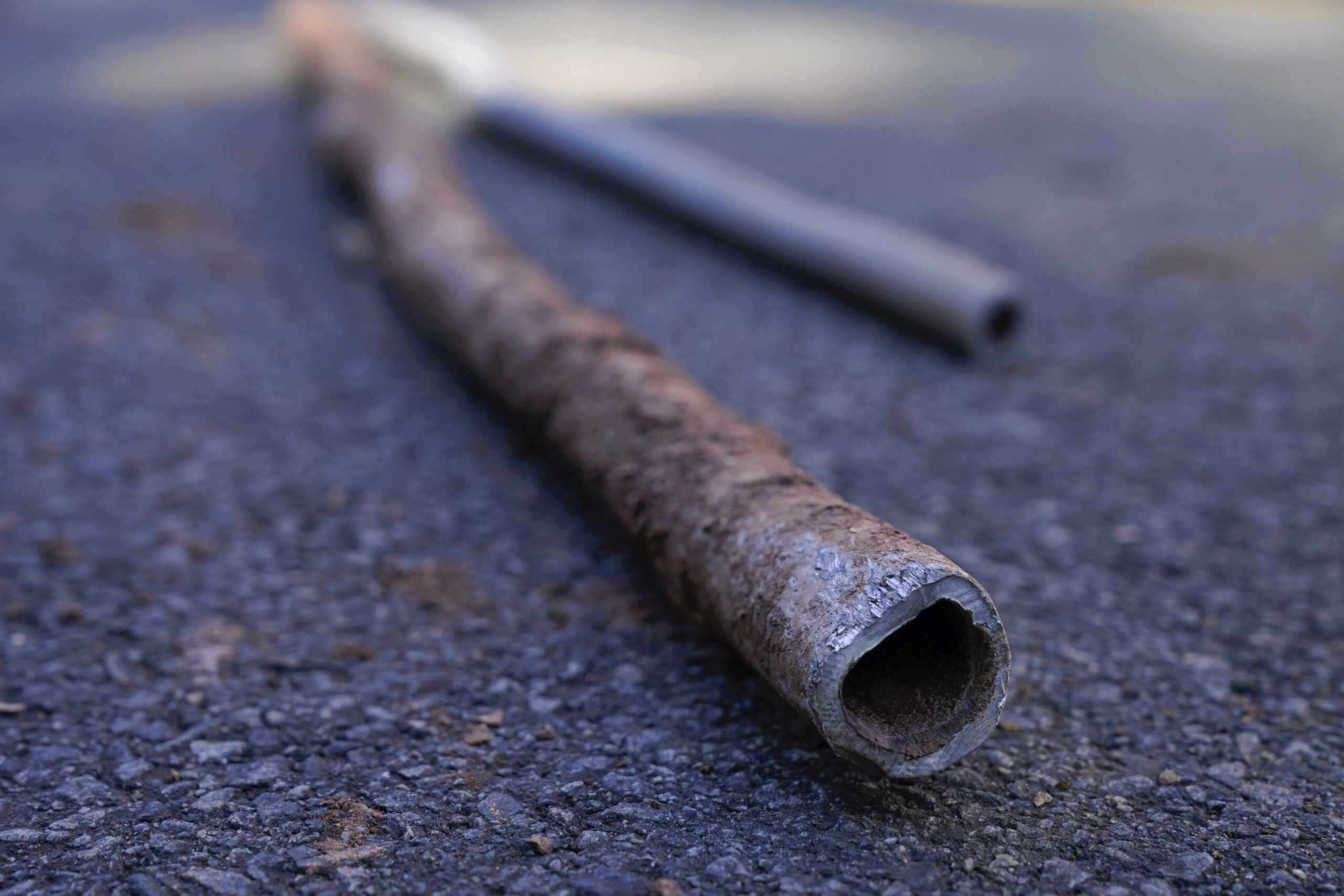Larry Meiller finds out why it’s important to test for radon in the home. Plus, information on home energy audits, and the upcoming National Association of the Remodeling Industry (NARI) Expo in Madison.
Featured in this Show
-
For Homeowners, Experts Advise Simple Home Test To Detect Radon Gas
Owning a home can be great, but it is certainly not without its responsibilities, costs and risks. There are some tests that can determine if a home is safe, and one of the most important is testing for radon.
Because radon is a colorless, odorless, tasteless gas, there is no way to detect radon without the proper equipment. There are serious health reasons to do that testing. According to the U.S. Environmental Protection Agency (EPA), “Radon is the number one cause of lung cancer among non-smokers. … Overall, radon is the second leading cause of lung cancer.”
Radon is a naturally occurring substance in soil so the point of entry into a home is most often a basement or crawl space.
Chad Speight, owner of Chad’s Design Build, said radon is “very common” in south-central Wisconsin and other parts of the state. On the website of the state radon officer, which is housed in the Wisconsin Department of Health Services, there are county-by-county maps and data that show radon occurrence.
Speight said that there are different options for testing. One is kits that are available at hardware stores. They collect data that the home owner then submits for analysis. Those tests run in the $20 range, he said.
One drawback of those kits, however, is that it is just a single snapshot of radon levels at a particular point in time. Speight said that radon levels in a home can fluctuate over the course of a year, so a more effective option is a continuous, plug-in detector.
Speight shared that as a contractor, he will often provide one for clients, especially if significant work is being done in the basement. Since those models give a constant, digital read-out, he added, the results are more reliable than a one-time reading.
Just like a carbon monoxide detector, Speight said that there are placement recommendations for the continuous radon monitors. Instructions for a specific model will be found on the packaging, but as an example, the model that he uses is installed a foot above the basement floor, either mounted on a wall or placed on a crate.
Owners don’t have to remember to check, either. Speight added that the machines are programmed to sound an alarm if radon levels reach a point of concern.
The EPA has designated January as national Radon Action Month. Whether it’s a single time test, or getting started with a continuous testing system, Laura Paprocki said that winter is an ideal time to test.
“This is the time of year that we’re all closed up, trying to keep the drafts out. So it’s a perfect time to see how much that radon is accumulating and test for it,” said Paprocki, the owner of Trinity Environmental.
In addition, Speight added, radon levels under a home tend to go up in winter when the ground away from the footprint of the building is frozen.
“Our basements floors are not frozen, and the radon has to get out somewhere, and it will come right into our home,” Speight said.
Another benefit of checking now, Speight said, is that “if you don’t have radon now, or you don’t have a detectable level that’s cause for action right now, in January or February, then you’re probably good for the rest of the year.”
Not all homes have basements, of course. Some instead have a crawl space, or are built directly on a concrete slab.
Speight said that “radon can be an issue for any home. … If you’re connected to the ground, then the same issues apply. If there are cracks or penetrations through that slab and if there is radon in the ground at that location, then you can have a radon problem.”
On the other hand, Speight pointed out that even if radon is present, it doesn’t not necessarily mean that it will get into the living space.
“You could have radon in the soil of your home. But if it’s a well-sealed basement, you would expect to test for it and not find it because the radon is not leaking in,” Speight explained.
While radon is naturally occurring in soil, and cannot be removed, there are ways to lessen the risk of exposure. Speight said that when high levels have been detected, one option is to install a pipe in the soil that is equipped with a fan and vents to the outside. That means that if there is a disturbance in the structure that could lead to a radon leak, it will be directed outside.
“You are connecting to the soil down under ground, and then you’re sucking the air out from under that slab so that you’re basically giving the radon an easier path out,” Speight said. That pipe takes the air with the radon in it out of the house and up to the roof line where it is vented.
The part of the pipe that is inside the basement is fitted with a meter that shows that negative pressure is present, “so you know that the pipe is working,” Speight said. He estimated the cost of that type of system being professionally installed at $1,000 – $2,000.
The good news, Speight said, is that “it’s relatively easy to reduce radon if you have it, but it’s important to check for it to find out if you have a problem.”
The state of Wisconsin also offers guidance for reduction of radon exposure by sealing and soil depressurization.
For people whose drinking water comes from a well instead of from a public utility, there are also radon concerns. The Wisconsin Department of Resources offers advice for homeowners in that situation.
More information about radon in Wisconsin is available online, including a Radon Measurement Contractor List.
At the federal level, the EPA also offers extensive resources on radon that include resources for teachers and students to use.
Episode Credits
- Larry Meiller Host
- Judith Siers-Poisson Producer
- Chad Speight Guest
- Laura Paprocki Guest
Wisconsin Public Radio, © Copyright 2024, Board of Regents of the University of Wisconsin System and Wisconsin Educational Communications Board.





